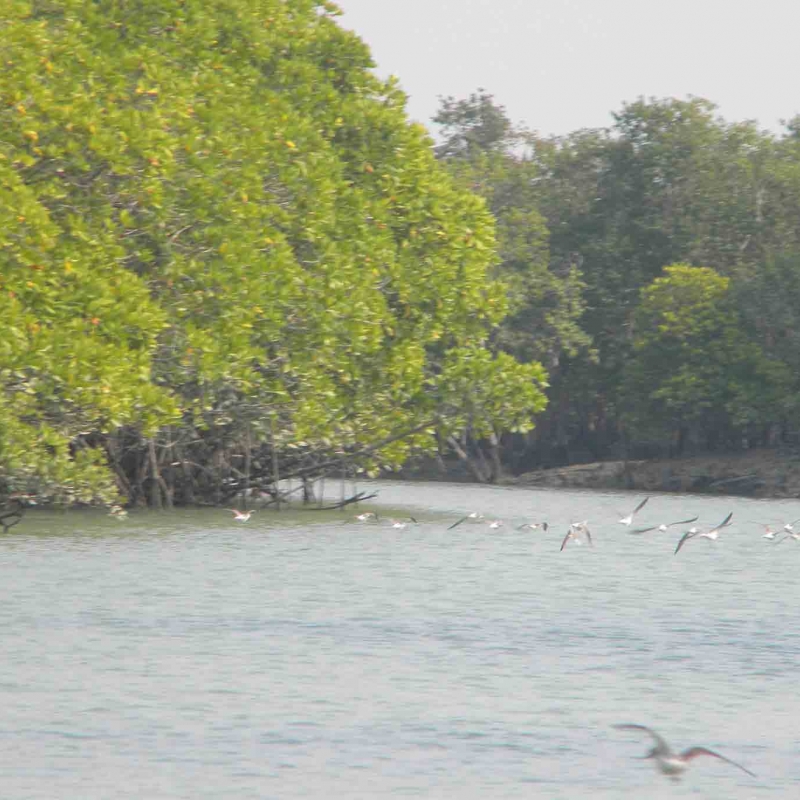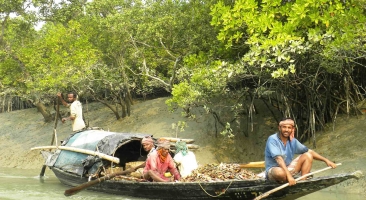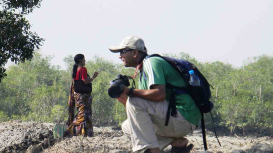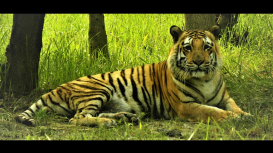Sundarbans is the world’s largest contiguous mangrove forest created at the confluence of the deltas of Rivers Brahmaputra, Ganga and Meghna. The delta spreads across the countries of India and Bangladesh covering 80,000 km2 with 38 per cent of the area in India and the remaining in Bangladesh. In 1987, UNESCO placed the Indian Sundarbans on the World Heritage List for it being an outstanding example of ecological and biological processes in evolution and development of coastal communities of plants and animals and for the importance of this region for biodiversity conservation. A decade later the Bangladesh part of Sundarbans was also added to the same list. This region is well known for the only tiger species living in a salt water mangrove region, famously called as the Royal Bengal Tiger. This multimedia module documents this unique and endangered biosphere.

Sayantani Chatterjee
Sayantani Chatterjee is a public policy professional based out of New Delhi, working with Interel Group.





